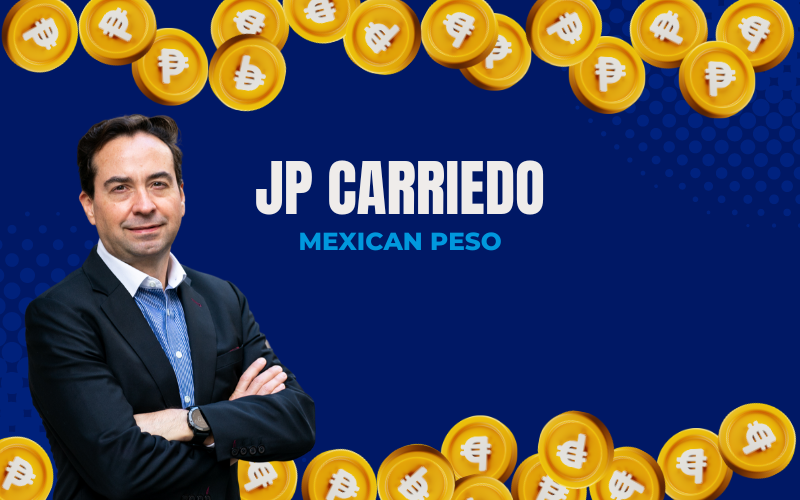The dollar index , which tracks the currency against six peers, was last up 0.2% at 105.45 after a volatile 10 days marked by mixed signals from the U.S. economy, while French political uncertainty has rocked European markets.
The dollar’s climb was spurred by a drop in the pound after the Bank of England held off cutting, and the Swiss franc also fell after the Swiss National Bank lowered interest rates to 1.25%, following a cut in March.
“We’ve seen very clear easing hints coming from central banks this morning,” said Karl Schamotta, chief market strategist, Corpay, in Toronto.
“That is leading to an improvement in liquidity expectations across the financial markets on the prospect of cheaper borrowing costs in the future. Global risk sentiment is recovering.”
Meanwhile, the U.S. economy shows signs of slowing with Tuesday’s report of tepid retail sales in May, and evidence of weakening momentum in the labor market.
Data released on Thursday showed that the number of Americans filing new claims for unemployment benefits fell last week, but was still more than expected. So, overall, strength in the jobs market persisted despite a gradual cooling.
Sterling was down 0.3% to $1.2678 in late U.S. morning trading. Earlier, the BoE voted 7-2 to keep its main interest rate unchanged, but some policymakers said their decision not to cut was “finely balanced”.
The dollar, climbed 0.9% to 0.8922 francs as the Swiss currency fell from around a three-month high after the rate cut, which came with forecasts predicting a further fall in inflation to 1.1% in 2025.
Volatility in currency markets has picked up over the last 10 days as political uncertainty in Europe has combined with the long-standing guessing game about central bank rate cuts to cause investors new problems.
The U.S. dollar rallied last week while the euro touched its lowest since May 1 as markets fretted that French President Emmanuel Macron’s gamble to call parliamentary elections could lead the high-spending far right or far left to come to power.
Markets have been calmer this week. The dollar dipped after data on Tuesday showed U.S. retail sales were lower than expected in May, adding to some signs that the economy is slowing and could allow the Federal Reserve to cut interest rates in September. However, separate data showed manufacturing production surged last month.
The euro was last seen down 0.17% against the dollar to $1.0726 but still above the six-week low of $1.0667 hit on Friday.
“The real driver of the dollar are central banks of the world,” said Helen Given, associate director of trading at Monex USA, in Washington D.C.
She added that political uncertainty tends to foster dollar strength.
“So, if we see, a touch of negative data that might traditionally drive down the dollar,” said Given. “That counterweight of political uncertainty around the world is going to continue to give the dollar a bit of strength until those events are settled and markets can adjust to a new political order.”





